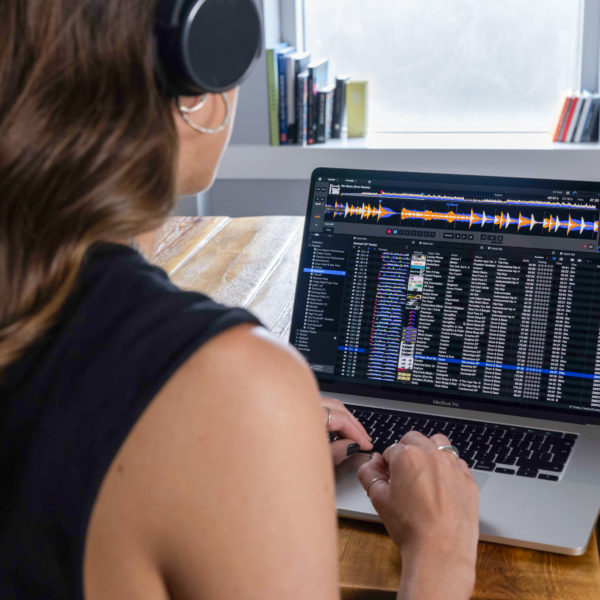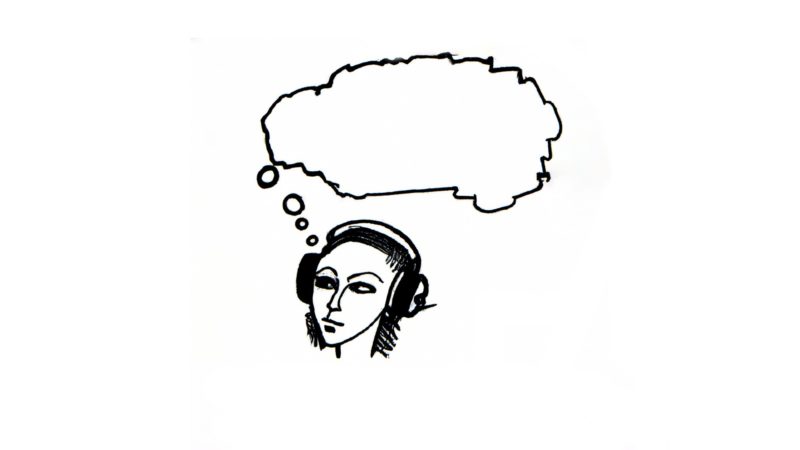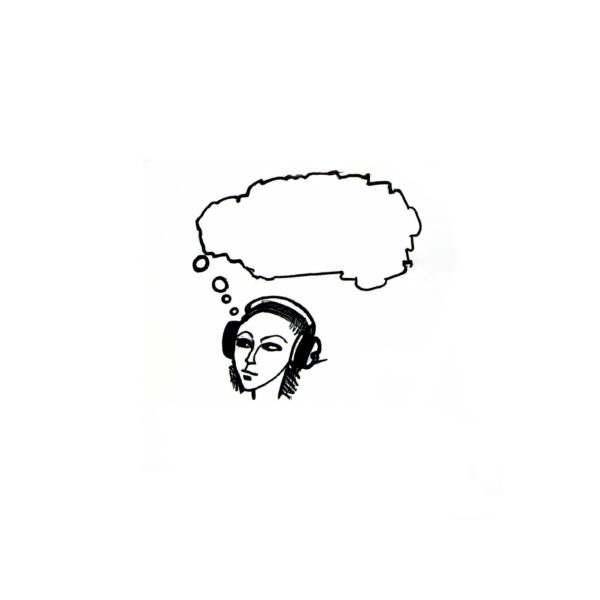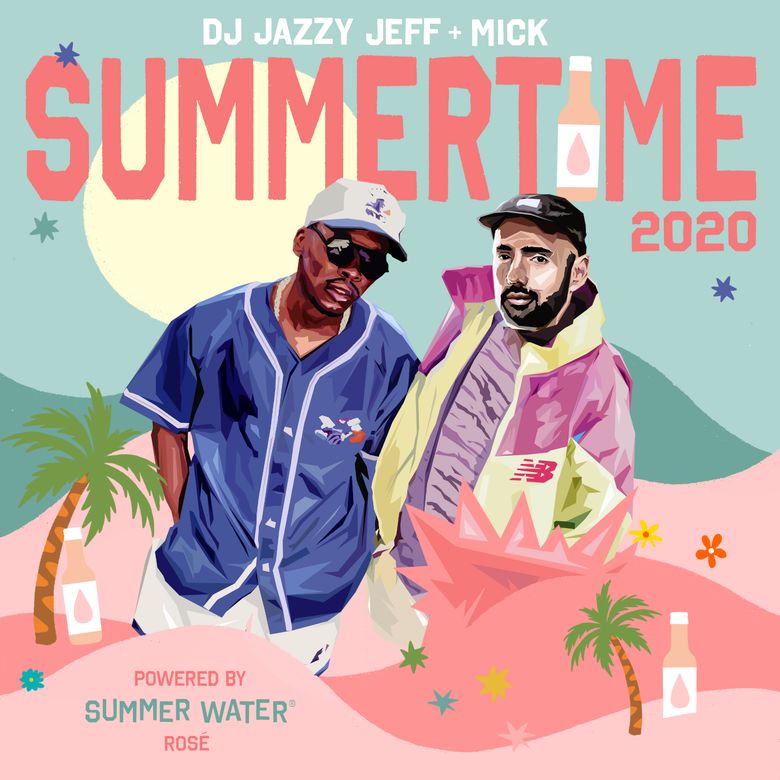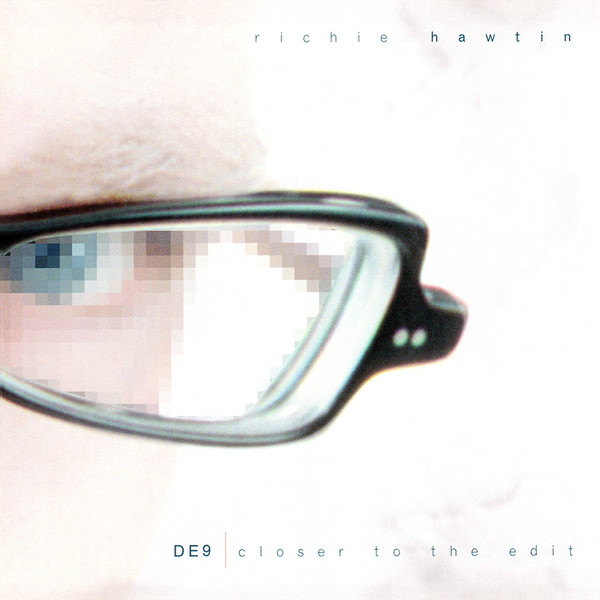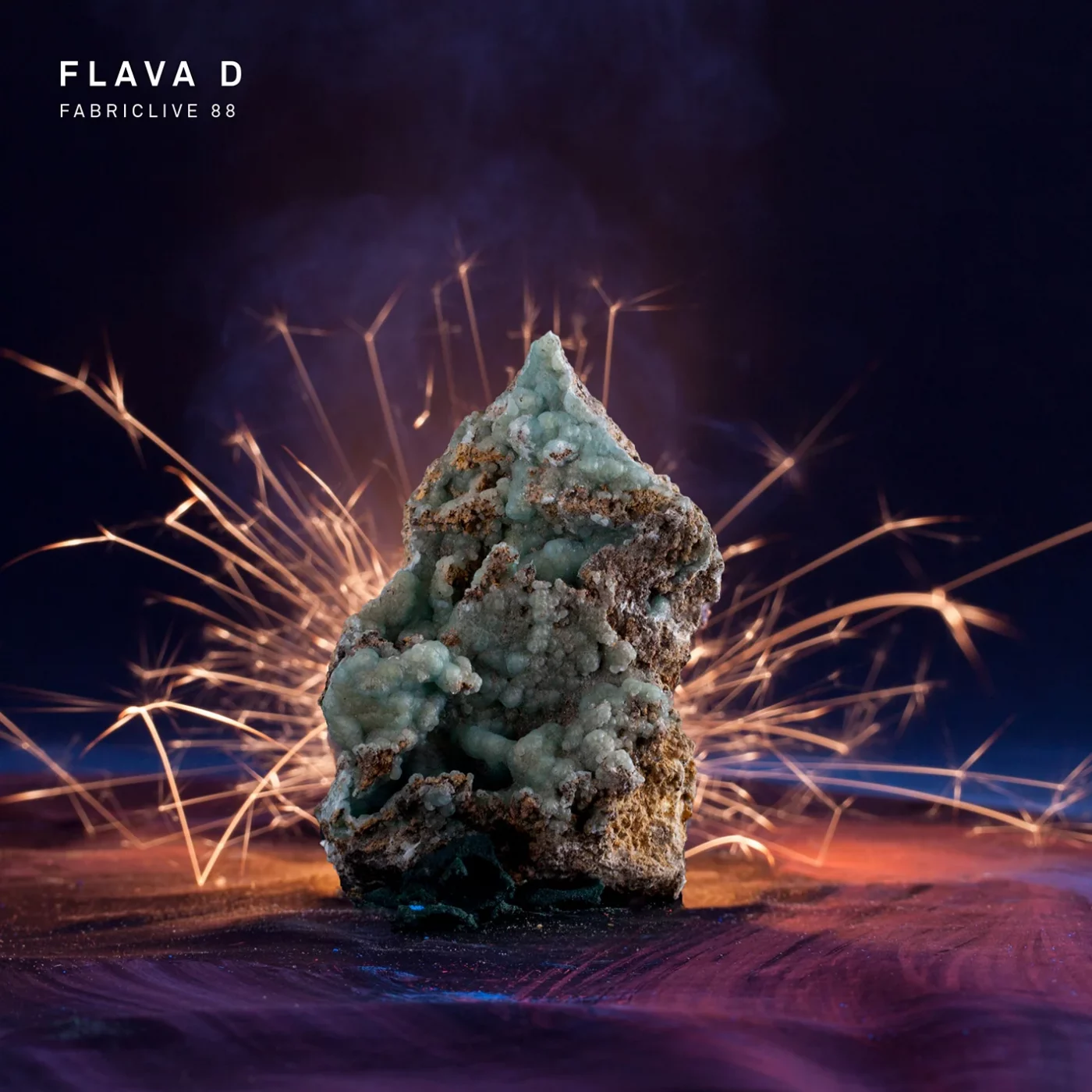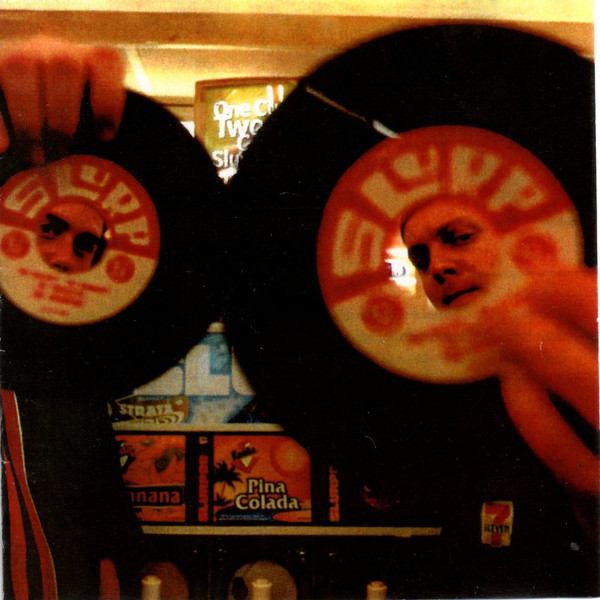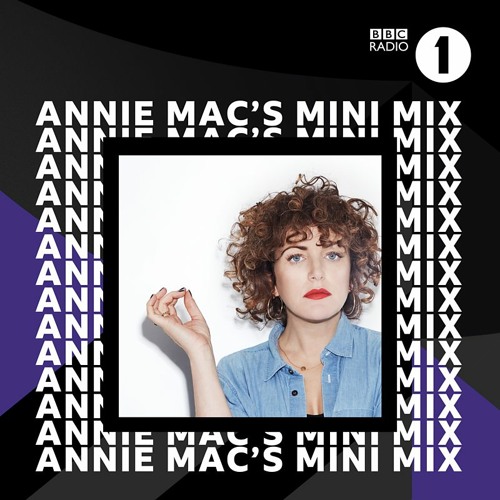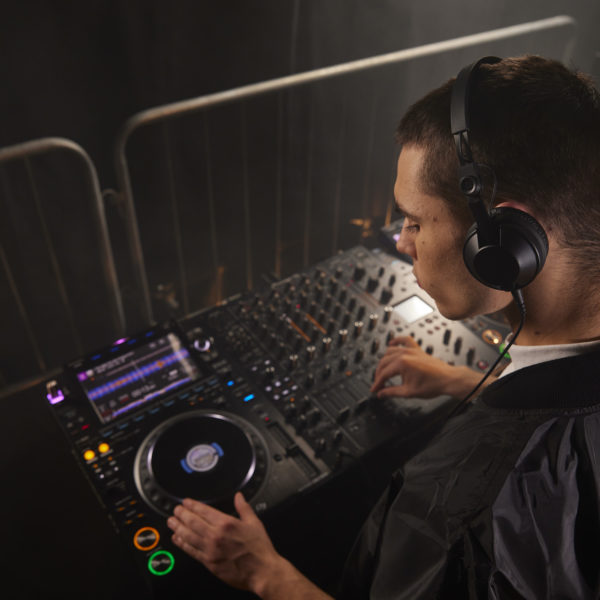THE GENRE MIX
In which a DJ explores a particular genre, artist, time period, label or musical theme.
Showing other sides of your tastes can be a strong motivator for recording genre mixes. It’s about breaking with convention, expanding what you do, showing your range.
Diplo is a great example here. His global genre explorations, from baile funk to dubstep to roots reggae, have shown a DJ and artist who was continually developing and discovering new (to him) sounds.
A DJ like Kirk Degiorgio is another case in point. His ongoing Sound Obsession series for Worldwide FM is a “two hour deep dive into specific musical genres, artists and eras.”
The popular YouTube channel My Analog Journal is similarly adept at this type of thing, with videos focussed on relatively obscure genres like percussive dub and Japanese soul reaching millions of viewers. In these cases, the DJ takes on a kind of historian or documentarian role, their audience perhaps being exposed to music they otherwise wouldn’t have heard.
(We should point out that there’s a difference between, for example, a hip-hop DJ recording an exclusively hip-hop mix, and that same DJ recording a themed mix using only tracks from P. Diddy’s Bad Boy Records. It’s all about context. A techno DJ recording a house mix might be a big deal for his or her audience, whereas for another DJ, a mix that included house, techno and trance might be completely expected.)
Or why not go deep on a single artist? DJ Spinna is known for his immaculate explorations of Stevie Wonder, while Skratch Bastid reacted to the death of MF Doom in 2020 by recording a 2.5-hour tribute mix.
Streaming playlists and algorithms are the elephants in the room with mixes in this category. But we’d wager that there are still plenty of people who’d prefer to be guided through a genre by a DJ they trust, especially if that DJ is in the mix.
